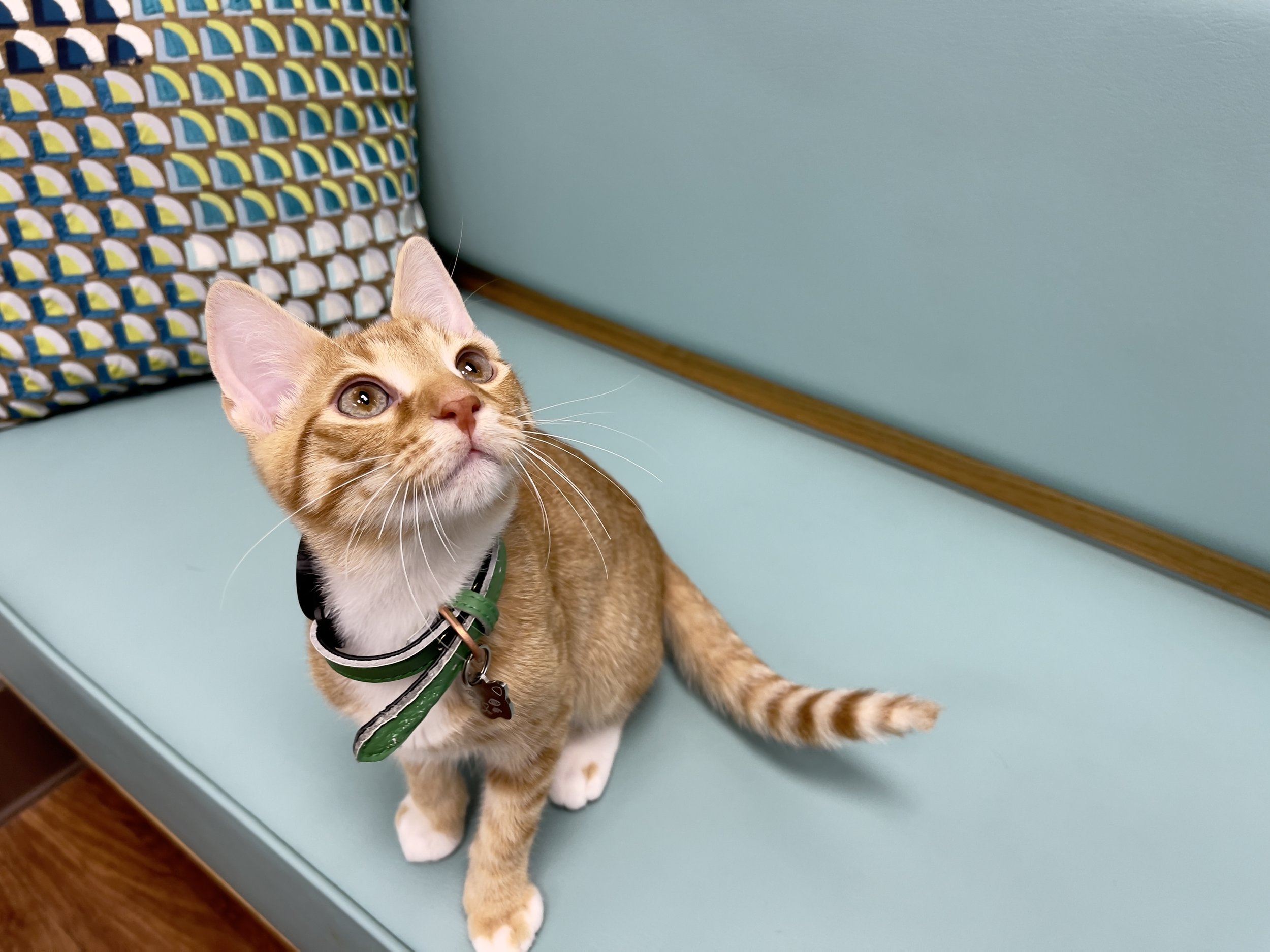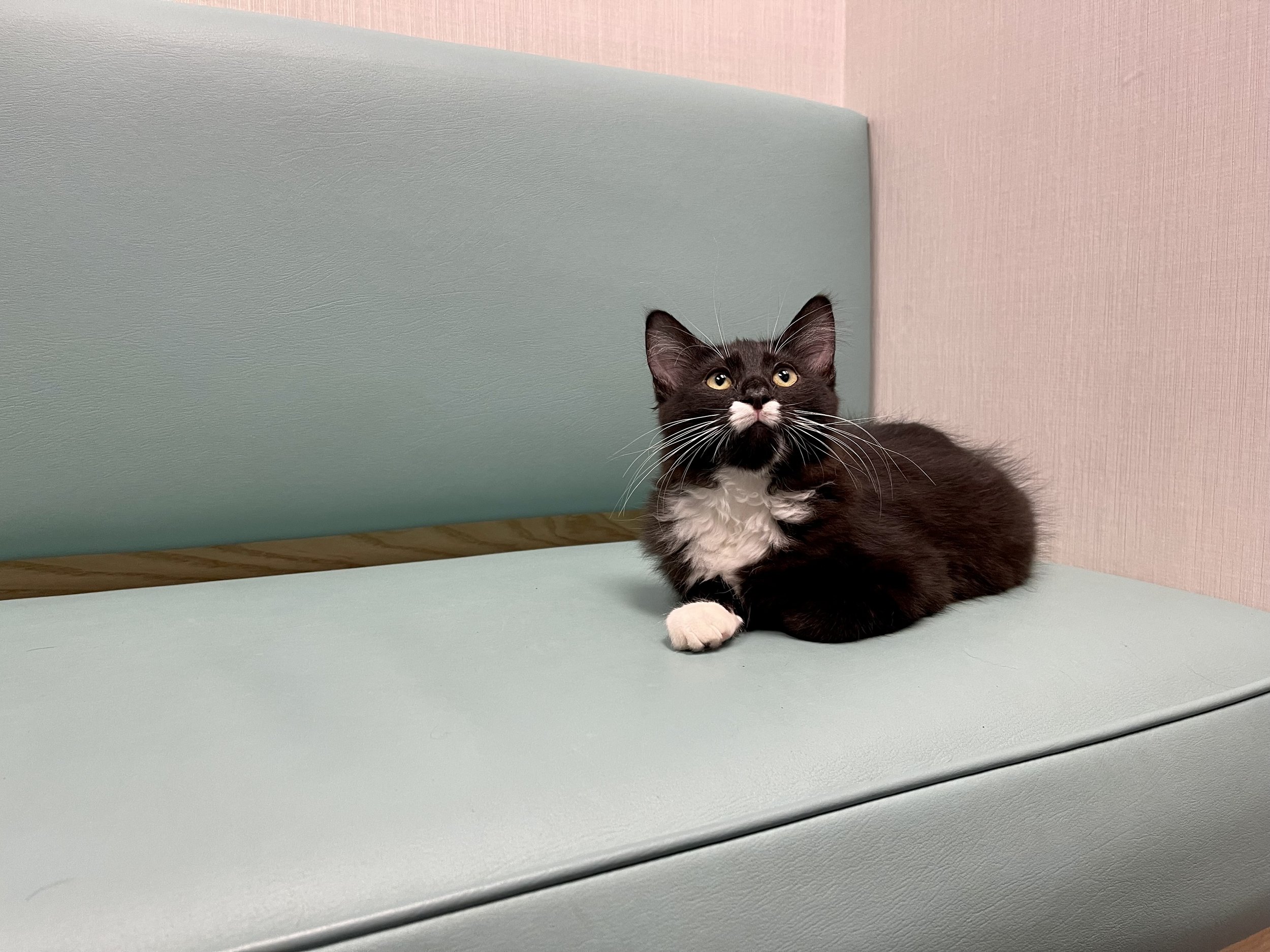Pet Sitter Checklist
Friends and Neighbors,
There’s lots to think about when you’re going to be away from home - especially for pet owners. We’ve put together a pet sitter checklist to make sure nothing important gets missed.
Emergency Contact Information
Make sure your pet sitter has your up-to-date contact information in case of an emergency. They should also know your preferred means of communication (phone call, email, text).
Make sure they are aware of someone else they can contact to make decisions. Consider a neighbor, friend or family member!
Pet ID’s please! Your pet’s microchip should be up-to-date with your contact information.
Entry Instructions
Entry instructions should be clear before your pet sitter arrives. A meet and greet beforehand will remove any potential confusion and allow your pet to get used to their new friend.
Give them a tour of your home! This will help make them aware of all the nooks and crannies: should your bedroom door remain closed? Will your pet attempt to get into the trash? Would you like your sitter to leave the blinds open/closed? Lots of details to go over!
During your meet and greet, give your pet sitter an extra set of keys in case the master set gets lost.
Veterinary Hospital Contact Information
Your pet sitter should be prepared with your pet’s local veterinarian and the local emergency hospital for any after-hours and/or emergency care.
Contact your local veterinarian to let them know you are out of town and that the sitter has your consent to bring in the pet and make decisions on your behalf.
Medication Instructions
Call your veterinarian in advance to make sure your pet has enough refills of medications while being cared for.
Familiarize your sitter with any health conditions your pet has.
If your pet is getting multiple medications, it may be helpful to get a pill organizer.
Be very clear with the medication instructions and how your pet receives them (mix into food, hide in peanut butter, give by mouth).
If the medication is more involved like an inhaler, insulin, ear medication, etc. make sure your sitter is comfortable with administering these medications beforehand.
Feeding Instructions
There should be enough food to cover the duration of your time away. Your sitter should know how much and how often your pet gets fed. Place the food and a measuring cup in an easy to find spot.
Note any specifics with your pet’s food (keep in the refrigerator, mix with water, add pumpkin).
Let your sitter know of any particular food or treats your pet is not allowed to have.
Walk/Potty Instructions
Let your pet sitter know how to properly fasten your pet’s collar and harness, if they wear one.
Make sure your pet’s collar has tags with your contact information, as well as proof of rabies vaccination.
Have a clear list of how frequently your pet should be let outside to go potty. In your list, include how long the walks should be, any usual paths your pet enjoys taking and any areas to avoid.
Is your pet allowed to interact with other pets and people while on their walk? Let your sitter know if they should avoid greeting other dogs on the street, allowing passerby’s to pet them, dog parks, etc.
Note any triggers your pet has. Does your pet react to skateboards, loud sounds, bunnies, etc.? Have some treats during the walk for praise and help with distractions.
Of course, make sure to provide plenty of potty bags!
For our feline friends, keep your sitter up to speed with your cat’s litter box and preferences like how often their litter should be scooped and if they prefer their feeding bowls far from their litter box.
Behavioral Quirks
Every pet has quirks! Be thorough with your pet sitter on what to expect.
If you live in an apartment, does your pet have elevator etiquette? Should your sitter avoid people in the stairwell?
How should your sitter correct your pet if they are being naughty?
What is normal for your pet? Try to stick to routine as much as possible.
We hope you found these tips useful and that they help keep your pets happy and healthy. Don’t hesitate to reach out with any questions you may have. We’re always here for you and your pets!
Sincerely,
The BLVD Team




